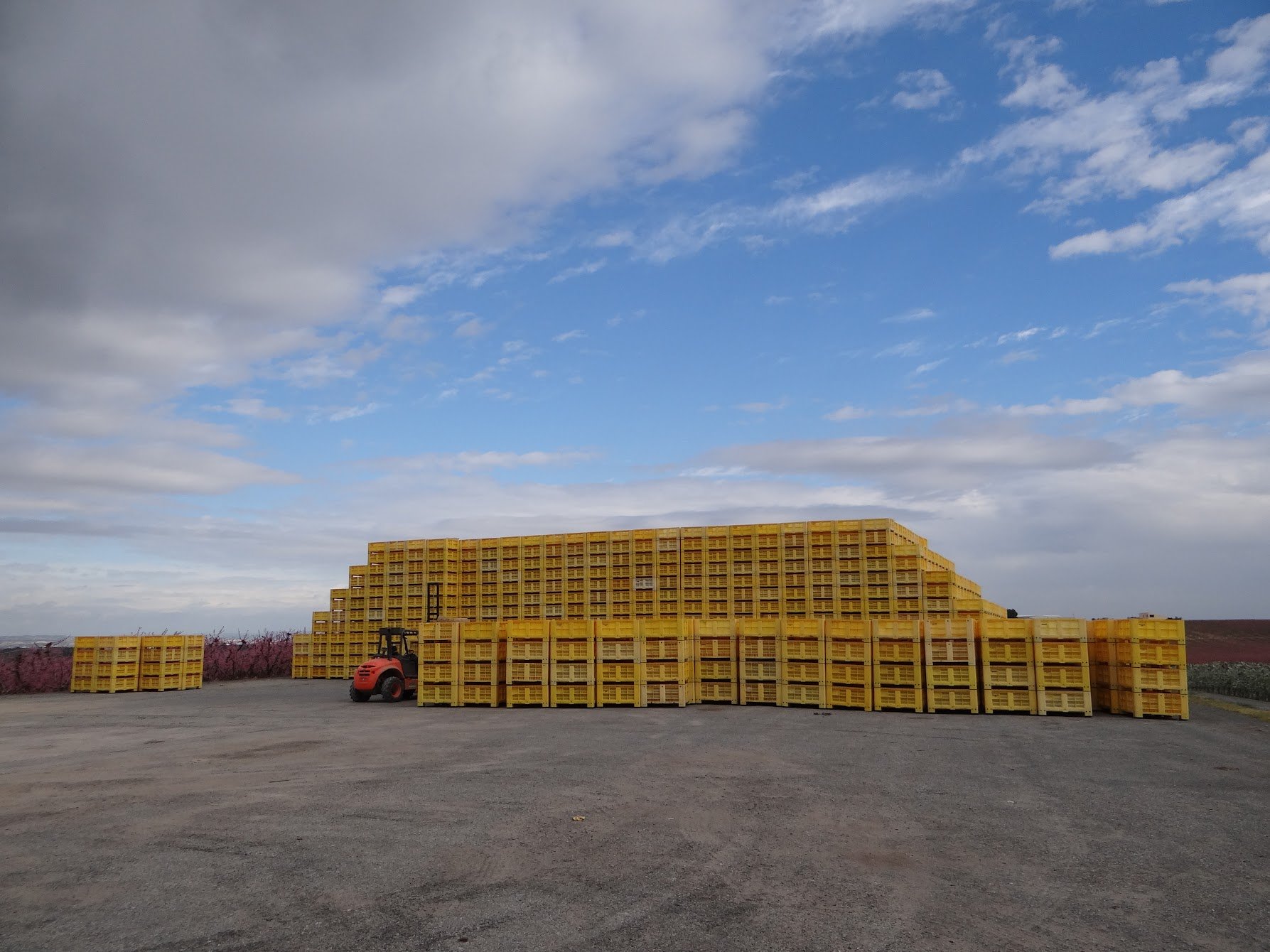The blossoming of the fruit trees in Aitona
What if I told you there’s a place in Europe where it’s possible to see a similar ephemeral phenomenon for a few weeks towards the end of Winter?
The region around Lleida, the capital of Western Catalonia, are famous for their fruit-growing agriculture. On the plains and rolling hills of the Segrià county, the fruit orchards extend as far as the eye can see, just that, unlike in Japan, here it is not cherry trees, but mainly peaches and pears that you get to see.
The result is equally, if not more, spectacular, although it had long remained somehow far from the public imagination.
The blossoming of the cherry trees, or “sakura”, is one of the most well known images of Japan and it draws people from all over the world.
This is starting to change now, with the introduction, by local authorities and businesses of fruit tourism products and activities, together with the accompanying marketing materials, signage and the like.
Remember, this is a very seasonal phenomenon, starting in late February or early March and lasting for 2-3 weeks. The exact dates to experience it at its height may vary a bit every year, so it is best to check with Aitona’s town council or with the local tourism organization.
At the heart of the fruit tourism experience are a couple of large estates that open their doors to tourists around these dates. Only organized groups are allowed in and on certain times during the weekends, since these are private commercial farms where all sorts of normal working activities are taking place.
The pink of the blossoming peach trees is the dominating colour, but far from being the only one. White (of pear trees, I think, but I am not an expert!) and green of other crops been grown in adjacent fields make for a truly multi-colour mosaic.
The water from the nearby Segre river, which flows between its source near Llívia, in the Pyrenees, and the Ebro river, makes possible this intensive agriculture in the lower Segrià basin.
This is particularly evident in the fruit growing estates where this blooming takes place.
They are traversed by a network of canals and hydraulic works, including the small reservoir of Utxesa, which divert some of the waters of the Segre river and use them to generate hydropower and water the crops.
Bonus track: archaeological sites - the Iberian settlement of Gebut (Soses)
Even if the flat lands of Western Catalonia are, generally speaking, a rather dry, steppe area, wherever there is water, civilization flourishes, and this has been the case here for many thousands of years.
One of the key campaigns of the Roman civil war between Caesar and Pompey was fought in this area (over control of the Segre passes and the nearby city of Ilerda, modern day Lleida). When that happened, this area was populated by an Iberian tribe called the Ilergetes and the vestiges of some of their settlements are found all over the area near Aitona.
The road between Aitona and Lleida runs along a series of low, semi-desertic hills (as soon as you get a few hundreds of meters from the river or irrigation works, the dryness of the area becomes again apparent!), and on top of one of them (located next to the town of Soses), it is possible to visit the ancient Iberian settlement of Gebut. To judge by the dimensions of the excavated area, this was possibly of a rather sizable settlement for the standards of the time (there are several other smaller archaeological sites in the area, such as the Poblat de la Genó, near the fruit orchards).
There is no museum or visitor’s center as such, although it is easily accessible from the road and there is a small parking where you can leave the car and then visit the ruins on foot. At the time of my visit I was the only visitor, but there was a member of the town’s service staff doing maintenance work and he kindly showed me around.
There is some signage that lets you get an idea of what was going on here around VII-VI C. BC, although there is still much to be uncovered here.
Archaeologists continue working on the site and making new findings, such as a defensive wall that possibly measured around 5 meters of height.
There is still so much that is not fully known about the Iberian civilization and lots of archaeological sites have been identified all over Catalonia that are still waiting to get proper love from archaeologists and the public alike!















